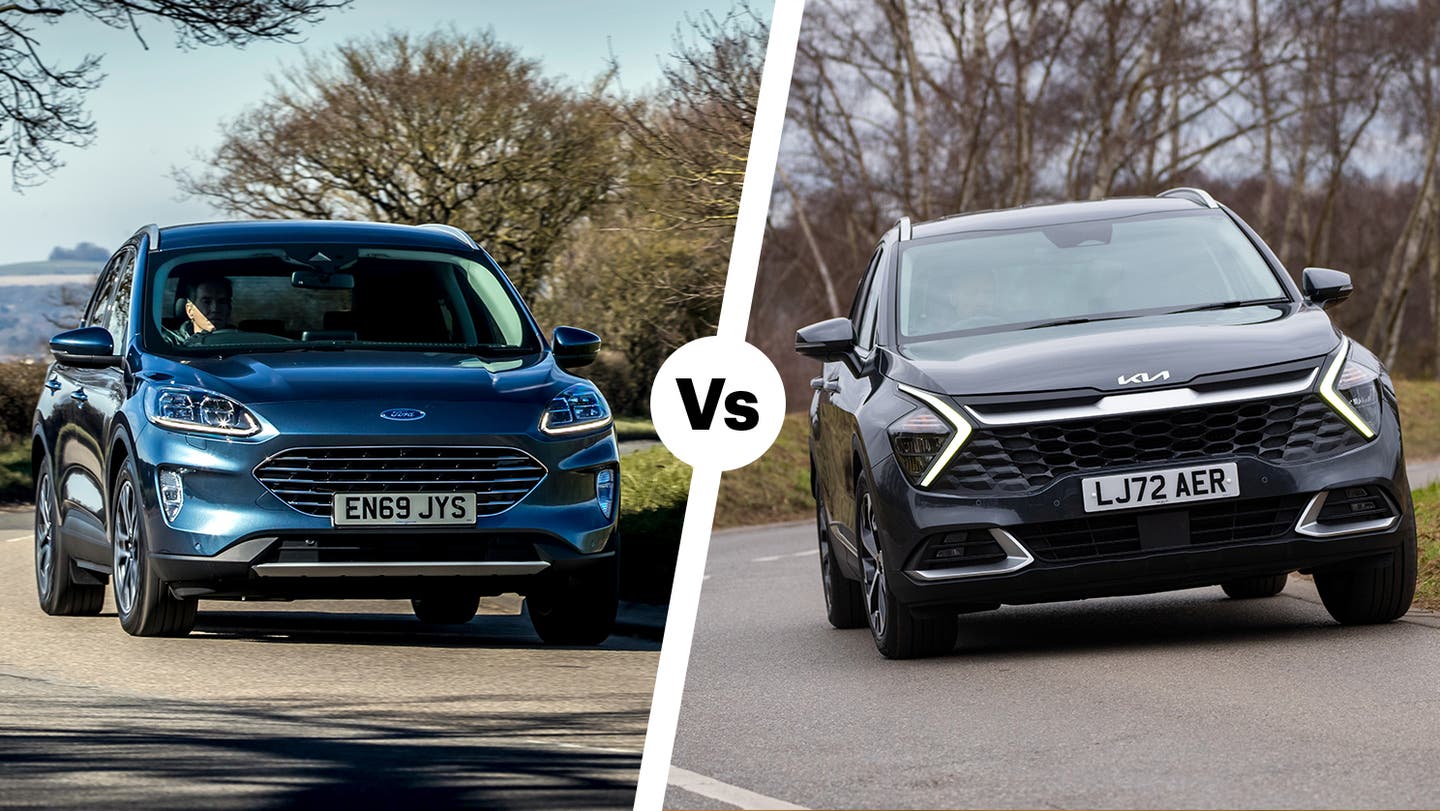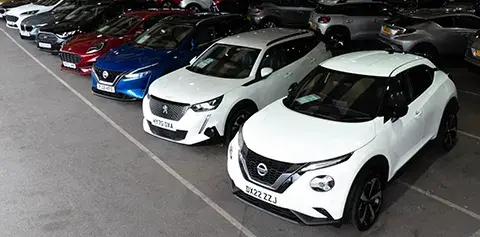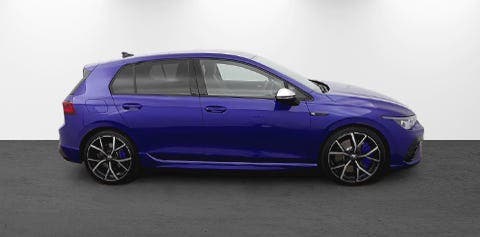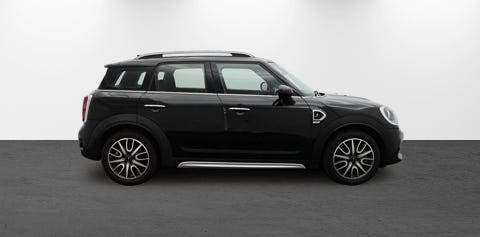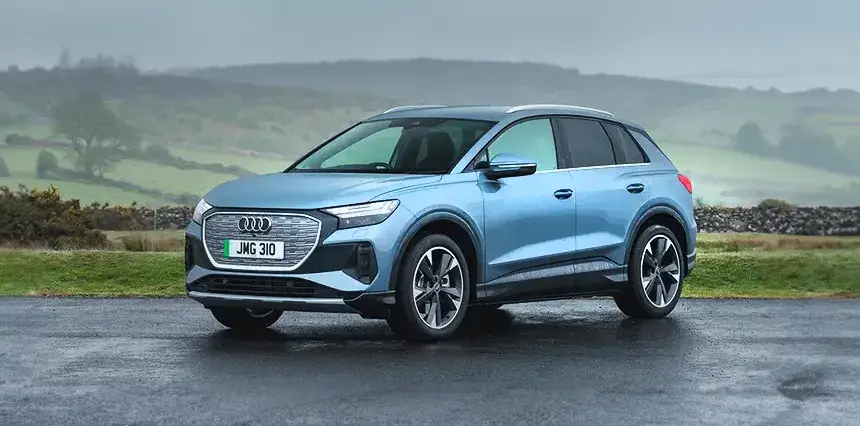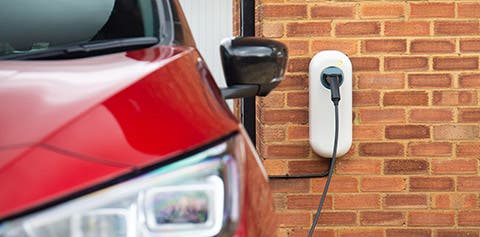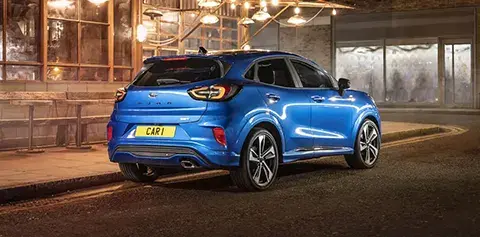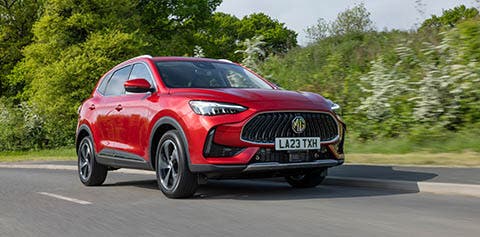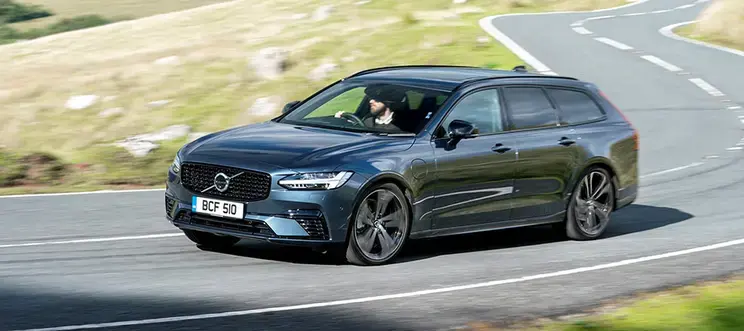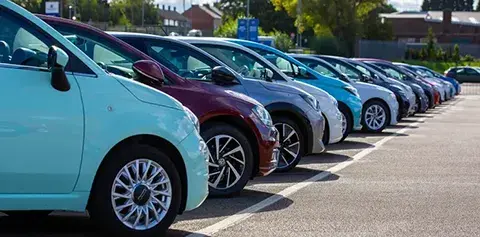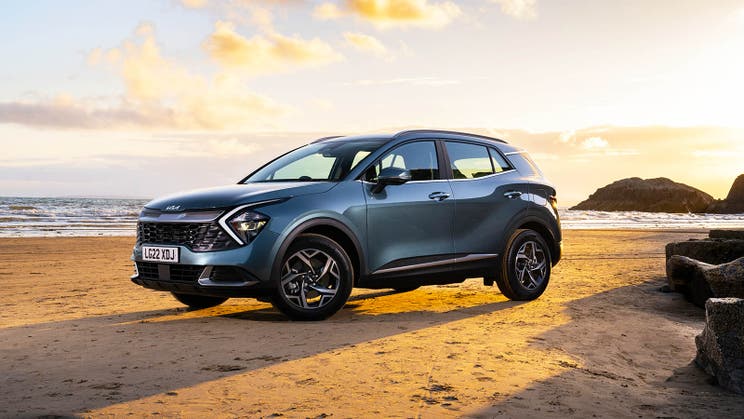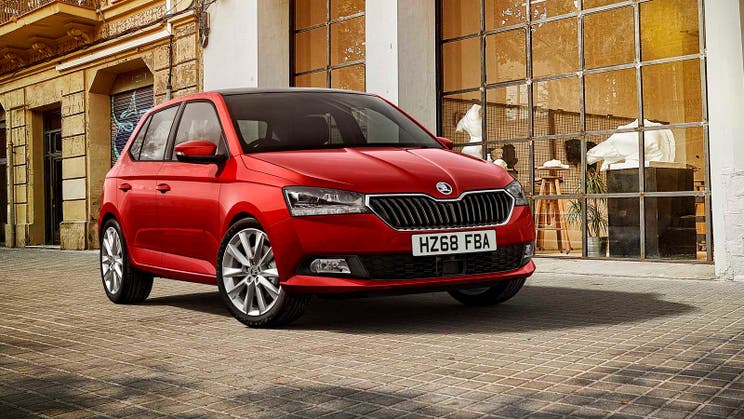Under the skin, the Hyundai i10 and Kia Picanto are mechanically the same. So how do you choose between them?
That's no easy task considering the two cars have many of the same talents. They're cleverly designed to give lots of interior space despite their diminutive dimensions, and they're both loaded with equipment to make life on the road easier.
We'll compare the Hyundai i10 and Kia Picanto side-by-side to help you choose your perfect city car.
Hyundai i10 vs Kia Picanto compared
| Hyundai i10 | Kia Picanto |
Pros:
| Pros:
|
Cons:
| Cons:
|
Styling and design

These are small cars but both have oversized features to help give each a unique style. The Hyundai has a sharp front end with angry-looking headlights and a snouty front grille that incorporates the fog lights like vampire fangs. Its bodywork has neat creases above the wheels and under the doors that help it look a little more muscular, echoing larger models in Hyundai's lineup. You also get some tactically placed dark trim behind the rear door to give the illusion of a floating roofline, not dissimilar to some more expensive cars in this class.
The Picanto, in comparison, is a little more plain – although some eyes might see its styling as less fussy than its Hyundai sibling. Huge headlights flank a version of Kia's 'tiger nose' grille, sitting ahead of pleasingly geometric bodywork. You do have the option to 'jazz' the Picanto up, however, with either GT-Line trim that brings big alloys and a sporty body kit, or X-Line trim, which adds SUV-like styling and a 15mm suspension lift.
Interior and practicality

Like the outside, the Hyundai just noses ahead for interior styling. A big slab of coloured, spongey material covers much of the dashboard, while a modern looking infotainment 'pod' incorporating the driver's dials sits above it. The Picanto has a little silver-coloured plastic to break the dash up but, overall, looks a little more drab than its cross-town competitor. We also prefer the icy-blue backlighting used for the i10's controls compared to the cheaper-looking red employed in the Picanto.
With all the part sharing between these two cars, it's unsurprising to find that their infotainment systems are broadly the same. The graphics are unique to each vehicle but the hardware behaves the same way, with fairly quick responses to inputs and physical shortcut buttons on either side, making it easy to jump between functions. We're also pleased to see both cars including a proper volume knob so you can adjust it without taking your eyes off the road.
The i10 and Picanto are 3.7 and 3.6 metres long respectively, placing them among the smallest cars you can buy. Despite this, both give you an astonishing amount of practicality within their tiny footprints. Each can sit a six-footer behind another six-footer without the rear passenger's knees being squashed. Plus, their boots can take a large suitcase or a weekly shop without hassle. The only drawback is that, while five seats are optional in both, fitting three passengers across the rear row is next to impossible, so you should treat them as four-seaters only.
Engines and performance

These are affordable cars with a focus on economy, so performance isn't really the name of the game here. The petrol-only engine range is the same for both, with a 1.0-litre entry-level unit, a 1.2-litre mid-range option – badged 1.25-litre in the Kia – and a 1.0-litre turbocharged range-topper. Most come with a five-speed manual gearbox but a five-speed auto is optional – this is a slightly jerky automated-manual type unit though, so we'd recommend the manual unless an auto is a must.
In both cars, the 66hp 1.0-litre works well around town, but joining a fast motorway or overtaking on a country road means occasionally thrashing the little engine like a poorly behaved Victorian schoolchild. The mid-range 1.25-litre is peppier around town and, with 84hp, doesn't need working as hard to keep up with fast-moving traffic. The 1.0-litre T-GDi turbo engines are much gutsier and more relaxing at higher speeds, but they're restricted to range-topping trims, so can cost a chunk more to buy.
There's little if anything to actually split these two cars under the bonnet considering they have the exact same engine choices. That said, drive them back to back and you may notice that engine and road noise is a touch better controlled in the Hyundai, although neither is so noisy that long journeys become a challenge.
Driving

Considering these cars are cheap, they could get away with merely being competent behind the wheel and calling it a day. That wouldn't be good enough for these little hatchbacks, however, because they're both seriously entertaining to drive. They're planted around corners and their short wheelbases means they turn with the reactions of a mosquito. As a result, they easily slip through tight urban streets – aided by good all-round visibility – without feeling nervous or unsettled on the motorway.
You have to really split hairs to find differences between the two. We felt the Hyundai was ever so slightly the softer, with a little more compliance over big bumps and a fraction less tyre and suspension noise on the move. In the same vein, the Picanto is a touch sportier and more alert, with a degree or two less body roll through corners, although with a little more jiggle through the suspension in return. These differences are seriously subtle, however, so you're unlikely to notice unless you do a direct comparison.
Value and reliability

To buy, the Picanto undercuts the i10 by around £1,000. That difference remains fairly consistent whether you're shopping for a new or used car, so there's a lot of crossover between the two models, especially on the used market. As a general rule, i10s are more commonly specced up to higher levels, while there tend to be more entry-level and affordable versions of the Picanto available, which might swing your decision one way or the other depending on how strict your budget is.
Reliability should be a strong point for both cars. Hyundai and Kia regularly score well in dependability surveys and both offer factory warranties that exceed the industry-standard three-year period – five years for the Hyundai and an excellent seven years of coverage for the Kia. Of course, you'll need to keep up with the cars' specified service intervals to make sure they last as long as they can. You also have the option to add an extended warranty for greater long-term peace of mind.
Which is best?

If you prefer the look of one over the other, or you've found a particularly good deal on either model, that's reason enough to choose it, considering how close these two cars are in all other areas. There's so little to split them that it feels disingenuous to describe one as 'better', 'sportier' or 'comfier' than the other, simply because the differences are so minuscule that you'd need to be a seasoned critic to spot them.
With our own money on the line, we'd be tempted to hunt around for a well-priced, higher-spec edition of each car. If possible, we'd try to find a version with the 1.0-litre T-GDi turbo engine for its better motorway manners, which also means selecting one of the well-equipped range-topping trims.
A much easier judgement to make is that we'd happily choose the i10 or the Picanto over many rivals in the same class. Both cars are substantially more practical than a Fiat 500, for example, while being better built and more fun to drive – and both avoid the more obvious cost-saving measures you'll find in a Toyota Aygo or Citroen C1.
Shop used Hyundai i10 and used Kia Picanto cars at Motorpoint. To see more tempting, compact cars, read our list of the best small cars you can buy.


